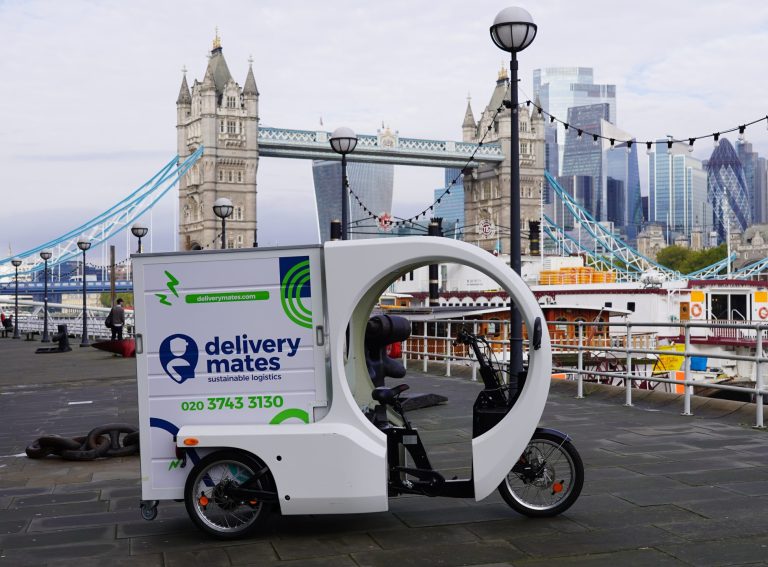When an operator is looking to enter a new market, what really counts in their tender bids is being able to demonstrate that they have local homegrown knowledge of that town or city.
In a nutshell, they have to “think local, act global…to grow profitably,” says Robin Wheeler, COO at Anadue.
Anadue is a global automation and profitability analytics platform for shared micromobilty companies.
“Operators need to know the socio-economic demographics of the area, commuter patterns, the points of interest like picnic sites, bus stops and botanical gardens, so that any vehicles deployed truly serve the local community,” says Wheeler.
This is what sometimes gives local players a competitive edge as they speak the language, understand how their transport system works, understand the local bureaucracy and know where to invest.
So how can companies operating in 50+ cities, work like a local, but at scale?
“Smaller operators use their local knowledge of cities, workforce, city government and customers to quickly achieve profitability,” says Wheeler. “Data analytics empowers larger operators to achieve the same. It is the compass that helps you navigate the complex terrain of a new place, uncover hidden patterns, ask better questions, and find better answers.”
Flexmap
Anadue’s flexible tool called Flexmap allows operators of all sizes to view multiple layers of data of a town or city.
“We use different data sources like census and traffic data to populate our database, which we then correlate across geographical areas,” says Wheeler.
This can include socioeconomic factors, demographic data, land use, transportation infrastructure and more.
Durham case study
Taking Shrink Scooters as an example, this company used the Flexmap tool when it sought to become the first e-scooter hire company in Durham, England.
Understanding the socio-economic data was the first step in the planning stage to check if it was viable to launch there.
“Flexmap will show where the highly educated professionals live, and these people typically have a higher income rank so they can spend money on rides,” says Wheeler. “Then you need to identify who are the less fortunate as they also need to get to work, so you’ve got to present this to the council in a way that they understand.”
Up next is identifying points of interest where residents would want to use e-scooters.
“Think picnic sites, museums, hotels, the train station, public parking areas, bus stops and the big Durham university of course. Actually, one of the defining characteristics of successful cities for micromobility is bike infrastructure, which we can see in the data.”
Secondary roads are a useful data point to see if there is a viable route to travel from residential to commercial areas. “In a commercial area there’s probably an industrial park of some kind, which is typically a good target.”
Even building heights need to feature as this can interfere with GPS which impacts on customer experience.
“This means a customer uses the app to arrive where the vehicle is supposed to be, but then it’s actually 100 metres away, which annoys people, so we can calculate this in Flexmap.”
Some examples of the type of questions operators will want answering are how big a fleet should the company aim for in a city, where should they request parking bays, where should they position their warehouse to be central to the fleet, what should the service area be?
“It really is an enormous amount of data which gets very granular,” says Wheeler.
Tender bids
Once all the data is gathered, an operator will look to submit a tender proposal to demonstrate how they will address the city council’s transport needs.
“This can be a big pain point for operators as it’s a huge amount of work,” Wheeler tells Zag. “You have to cite all your sources, explain what geofences you plan to use, what level of impact your vehicles will have. Essentially, you need to work like a local and have the whole picture, so we’ve designed our Flexmap to make this process much easier.”
This local knowledge also extends beyond the tendering stage into the launch phase.
“If there’s an existing operator and they have shared data, we can actually see how well they are operating. So we can analyse which stations are getting the highest activity and suggest to operators to deploy there.”
For Anadue, its Flexmap is a full spectrum product from launch idea all the way through to deploying 10,000 vehicles and understanding how to make that operation profitable.
“We speak with operators on a daily basis and we know being local is key to profitability, so we present local knowledge to operators on a plate so everyone benefits.”



